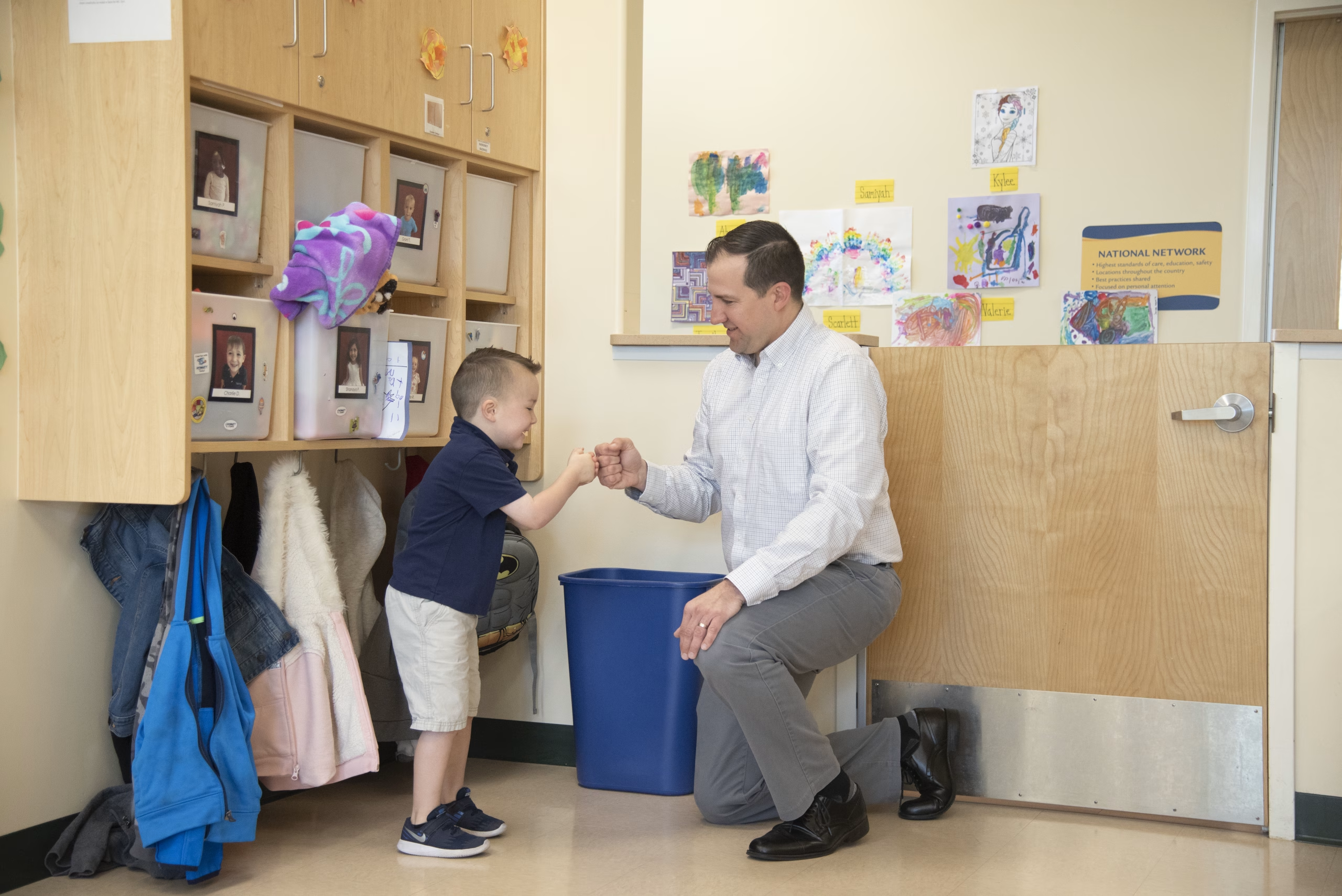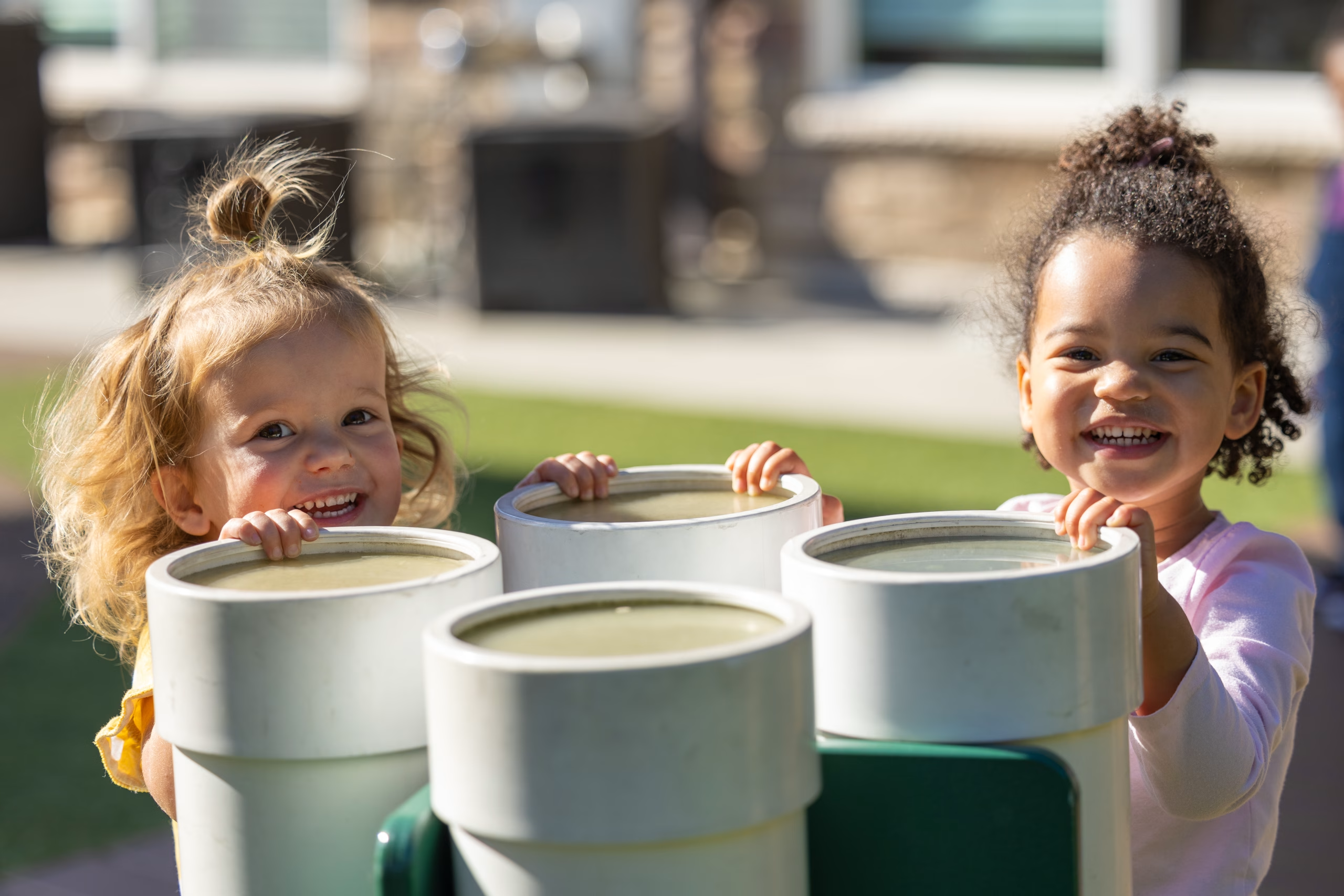
According to the Consumer Product Safety Commission (CPSC), drownings are still the leading cause of accidental death in children ages 1-4 and children under the age of 5 are most at risk for drowning. (Insert shudder here.) Following the first official day of summer on June 20, families are headed to the beach and logging serious pool time as summer is in full swing. It’s important to do be diligent about keeping children safe when around water. Life jackets (also known as Personal Flotation Devices or PFD’s) are one of the best ways to prevent and reduce accidental child drownings or near-drownings.
Playing in the water can be an important sensory and physical milestone for kids exploring their surroundings and conquering new tasks, like learning to swim. Life jackets can give parents (and kids) peace of mind with that extra layer of protection against accidental drowning.
Life jackets come in many shapes and sizes, and selecting one that is best for your child will take a combination of research on different PFD models, knowing your child’s comfort level with the water, and understanding his or her eagerness to swim. Here’s what you need to know
1. You’re probably looking at a Type II PFD.
There are different classifications of life jackets, but parents should be most familiar with Type I and Type II. Type I PFDs are typically designed for floatation in rough, open water, which makes them suitable for boating activity. Type II life vests are designed with head and neck support to keep an unconscious person in the water upright, with their face up in the air while they await rescue. Type II jackets are preferred and recommended for infants and young toddlers, however uncomfortable they may be for an amateur swimmer.
2. You have to teach your children how to properly wear a PFD. And even though life jackets can be restricting and unliked, the general sentiment is that “they will get used to it over time.”
The US Coastguard says,
“Children panic when they fall into the water suddenly. This causes them to move their arms and legs violently, making it hard to float safely in a PFD. A PFD will keep a child afloat, but may not keep a struggling child face-up. That’s why it’s so important to teach children how to put on a PFD and to help them get used to wearing one in the water.”
3. Even with proper preparation, your baby still might not get a proper fit! Do your own Float Test!
The US Coastguard says that life jackets for children under 18 pounds might not offer a proper fit:
“The PFDs currently available for newborns up to 18 pounds may not provide a proper fit to perform as expected. Unless the parent is able to test their newborns out in a PFD, sized for infants, in a swimming pool, they will not know if that device will float their child with his/her head out of the water. You must be sure you know the PFD you have works for your infant. Otherwise we recommend the child not be exposed to any risk in a boat on the water.”
4. There is a difference between a life-saving PFD and a “learn-to-swim aid” that offers buoyancy and encourages water confidence.
Any good life jacket will have a printed disclaimer on the jacket with an approval by the US Coast Guard (USDG) and Type category. If the PFD is not USCG certified, it doesn’t meet the requirements to keep your children the safest they can be around water. There are float suits and body suits for children marketed as “learn-to-swim aids” that offer buoyancy, but are not USGC approved or certified PFDs. If you use a learn-to-swim aid that helps with floatation, stick nearby to prevent any accidents.
5. An adult should always stay nearby, even when a child is wearing a life jacket while swimming.
A USGC-approved life jacket is not a qualified baby sitter. Parents should still stick nearby, if not in the water, while their children swim.





